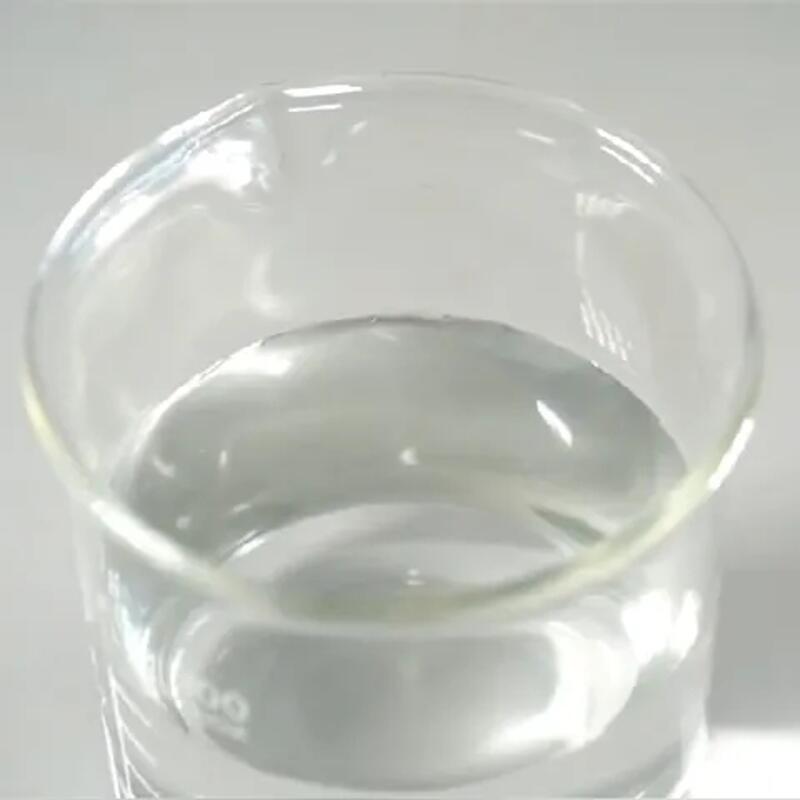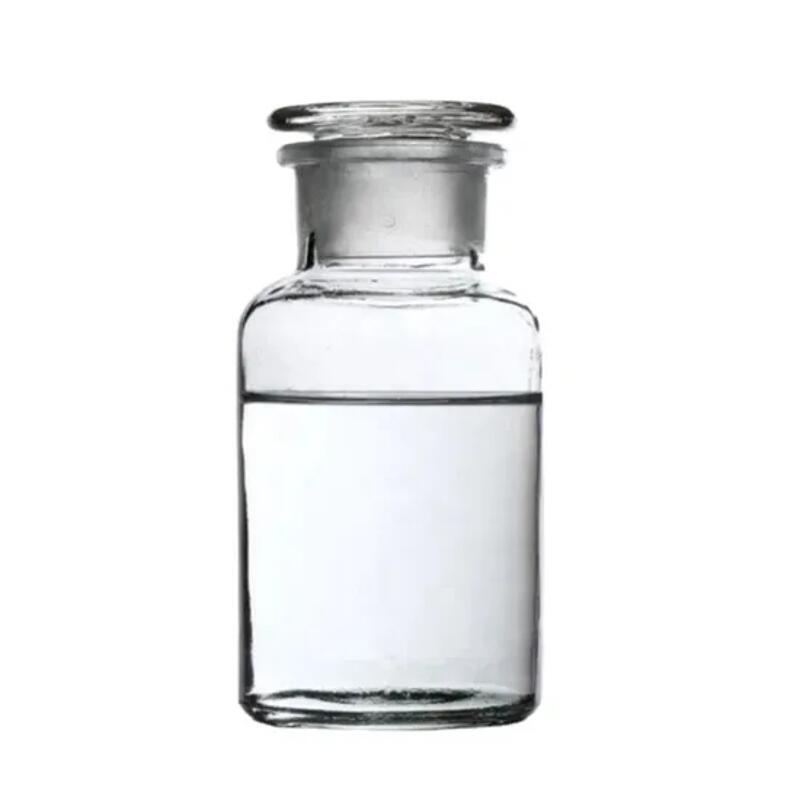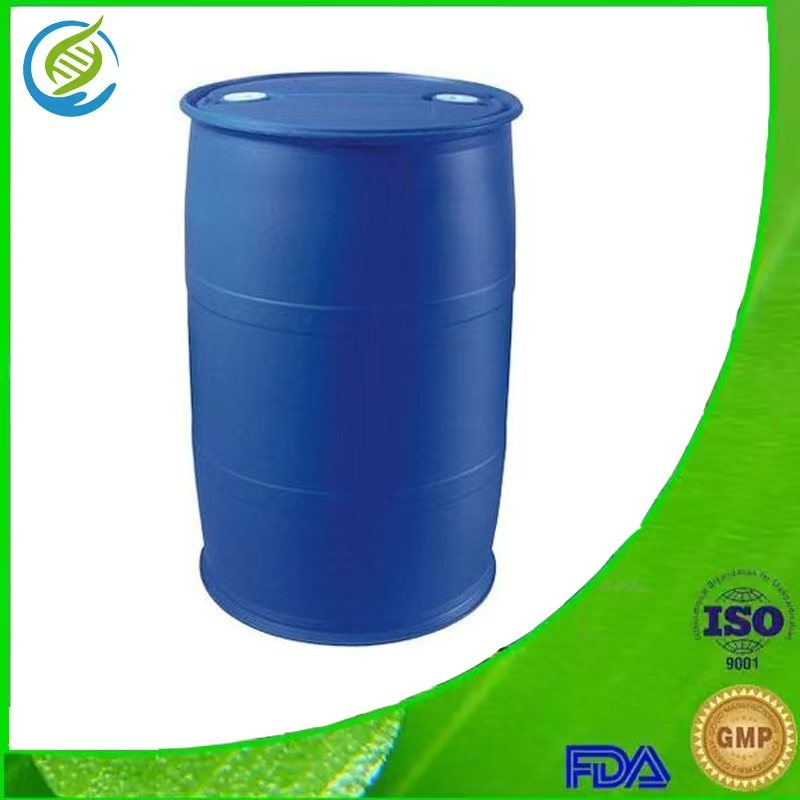-
Categories
-
Pharmaceutical Intermediates
-
Active Pharmaceutical Ingredients
-
Food Additives
- Industrial Coatings
- Agrochemicals
- Dyes and Pigments
- Surfactant
- Flavors and Fragrances
- Chemical Reagents
- Catalyst and Auxiliary
- Natural Products
- Inorganic Chemistry
-
Organic Chemistry
-
Biochemical Engineering
- Analytical Chemistry
-
Cosmetic Ingredient
- Water Treatment Chemical
-
Pharmaceutical Intermediates
Promotion
ECHEMI Mall
Wholesale
Weekly Price
Exhibition
News
-
Trade Service
Themanagement of the difficult airway swellsis closely related to the safety and quality of anesthesia, and more than 30% of the serious anaesthetic-related complications (brain damage, respiratory cardiac arrest, unnecessary tracheotomy, and airway damage, etc.) are caused by poorof airwaymanagementAt present, hospital anesthesiologists at all levels in China still have uneven access to resources in airway management, inadequate equipment and air path treatment related technology penetration rate is not high, crisis management awareness is not strong and so onEspecially the grass-roots anesthesiologists, due to multi-factor conditions, can be obtained difficult air channel tools are not sufficient, equipment and monitoring conditions, such as limitations, the management of difficult airways is a huge challenge1Patient informationpatients, male, 48 years old, height 170 cm, body mass 63kg, due to "repeated right upper abdominal pain for 8 years, aggravated 4d" hospital admission, the past health, denieddiabetes,hypertensionhistory, no history of hepatitis, tuberculosis, no drugs, food allergy historyPreoperativediagnosis : gallbladder stones with acute gallbladderitis, to be inthereoscosis in the trachea general anaesthetic down
laparoscopic gallbladder excision admission examination: blood pressure (BP) 100/70mmHg, double lung hearing breathing sound, unheard and wet sound, heart hearing: heart rate (HR) 63 times / min, rhythm, valve hearing area unheard and murmured laboratory examination: blood sugar 4.7mmol/L, single-core cell ratio 10.70% (normal 3% to 8%), CO2 binding rate 23.9mmol/L Chest examination tips: no obvious abnormalities in the heart and lungs Electrocardiogram Tips: Sinus is too slow (HR54 times/min) Pre-anaesthetic visit: ASA grade I, Mallampti grade II, jaw joint normal activity, three fingers (about 4.5 cm), neck soft, trachea center, back- to 90 degrees, activity is not limited, the remaining abnormal After entering the chamber, the patient is connected with electrocardiogram, opens the venous passage of the left upper extremities, the in-chamber BP142/78mmHg, HR62 times/min, and the non-invasive pulse blood oxygen saturation (SpO2) 98% Mask oxygen absorption 3L/min, about 1min after SpO2 to 100%, pre-oxygen1min after rapid sequence induction, induced medication: Shufenteni 0.35 ?g/kg, relying on cesteres 0.3mg/kg, Rocum bromine 0.7mg/kg, BP108/59mmHg, HR57/min conventional trachea intubation, difficult airways, throat under the classification IV level, mask to oxygen at the same time call assistance, in this process 2 20 years of work experience anesthesiologistafter after 3 trachea intubation attempts failed (including a light rod guide intubation), ventilation difficulties, airway resistance suddenly increased, airway peak Press 38 to 45mmHg, hearing double lung full of wheezing sound, smell and a little breathing sound, SpO2 plummeted to about 70%, HR112 times / min, BP150 / 76mmHg, considering the whole hemp-induced intubation period concurrent bronchospasm emergency treatment: mask - breathing sac double pressurized auxiliary ventilation, low moisture volume high-frequency high-pressure oxygen, found that the chest profile is not obvious, give the mask pressurized ventilation after placing the second generation of larynging ventilation, under the guidance of the larynx cover placed under the stomach pipe exhaust At the same time, immediately give propofol 40mg, Medaquin 2mg, dexamethasone 10mg, intravenous drip ammonia-in-the-soda 0.25g plus 5% glucose 250mL, requires the abandonment of surgery during this period of hemodynamic changes in the circulatory system, BP fluctuations in 184 to 110mmHg/98 to 55mmHg, HR fluctuations in 60 to 98 times / min, give nitrate glycerin 0.05mg, Ural 10 to 15mg single static note to regulate blood pressure, SpO2 continued to maintain 90% to 98%, exhalation of the end of carbon dioxide pressure (PET2) 3mm8 After 40min, the airway pressure gradually dropped to about 20mmHg, the circulation is stable, but the patient is still in anaesthetic state, the two-sided pupil shrinks, the exhalation should not, the physiological reflection is weak, pathological reflex is not led out Urgent fingertip blood sugar 21.4mmol/L, ask an endocrinologist to consult, give insulin 4U subcutaneous injections, emergency blood biochemical, blood gas analysis (instrument failure undetected), biochemical full set results: blood potassium 4.0mmol/L; blood calcium 2.08mmol/L; sodium blood 142mmol/l L;Chlorine 103mmol/L; albumin 33.4g/L; superoxide chinesease 122.2U/L; cholinesterase 10500U/L; CO2 binding rate 46.6mmol/L; glucose 16.7m/Lmol consider: (1) CO2 retention; Treatment: retention of urine, static push of psilocynine 10mg, naloxone 0.4mg and intravenous drip 20% glycol 125mL, closely observe the condition, support treatment of the disease After 3h patients gradually wake up, the total urine volume of about 1800mL, bright color, independent breathing smooth, call can open eyes, clean up the respiratory tract to remove the larynx cover, stay watch ingest 10min did not see significant abnormalities, BP130 to 108mmHg/76 to 55mmHg, HR74 to 89 times / min, SpO2 97 to 100%, hearing double lung breathing sound clear symmetry, call energy should, muscle strength recovery satisfaction can be in accordance with the instructions of the activities of the limbs and head back to the ward, strengthen supervision After the 3h return visit, the vital signs are stable, the patient is clear-minded, good spirit, the answer to the question, the limbs activity can be, no abnormality was found to follow up the medical history, 1d before hospitalization has the history of upper respiratory tract infection, after hospitalization symptom control, did not inform the doctor, after the follow-up 2d did not find serious complications 2 Discussion of the pre-anaesthetic assessment does not detect the occurrence of difficult airways, and the unexpected difficult airways are more dangerous after full hemp induction Unforeseeable airways and bronchospasm are concurrent respiratory emergencies during anesthesia When both appear at the same time, the life-threatening index climbs sharply, and if not dealt with urgently, decisively and correctly, the consequences are quite serious One of the core problems is to have the right thinking, in order to maintain ventilation and oxygen ationy as the first task, actively prevent the occurrence of emergency airways, in order to deal with the airways more handy causes bronchospasm factors, such as respiratory inflammation, secretion, asthma history, sputum, tracheostomy, tube extraction and other irritations will cause increased airway reactivity This case of patients may have a preoperative visit medical history collection is not sufficient, did not understand the upper respiratory tract infection before admission to the hospital medical history, denitrogen oxygen is not sufficient, anaesthetic depth is not sufficient, induced after the conventional trachea intubation appeared unexpected difficulty airway, several attempts to trachea intubation operation induced bronchospasm, resulting in respiratory management crisis after anesthesia, unexpected difficultgas and bronchospasm after the delay From this, it is suggested that adequate preoperative airway assessment is an important means to find difficult airways in time and reduce the occurrence of unexpected difficult ies, not only to pay attention to physical examination, but also to pay attention to medical history and auxiliary examination The 2017 edition of the Difficult Airway Management Guide also mentions the inspection and evaluation of suspiciously difficult airways, line visual larynx/visual intubation soft mirrors Therefore, even ASAI-grade allhel patients cannot ignore a comprehensive assessment of the preoperative airways More important is the management of anaesthetic crisis events, combined with the conditions and specific situation of their own hospitals, with reference to the difficult airway management guide, to develop a difficult airway process suitable for their own team, through the anaesthetic crisis event drills, strengthen the awareness and ability of anesthesia crisis management, improve professional ism







